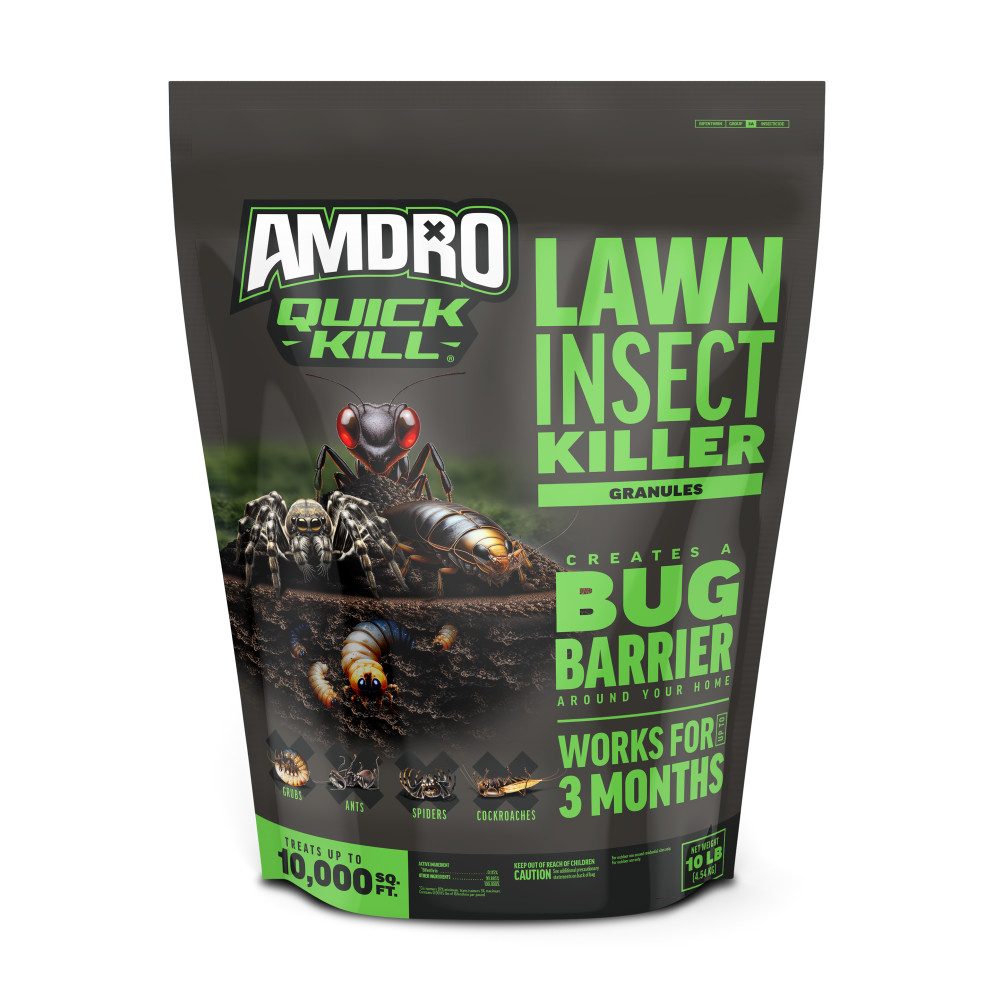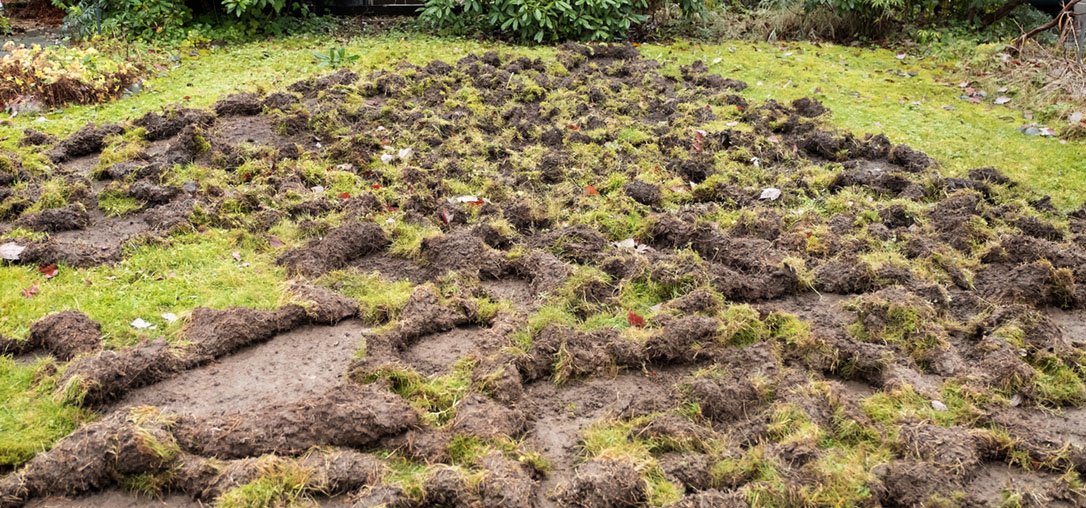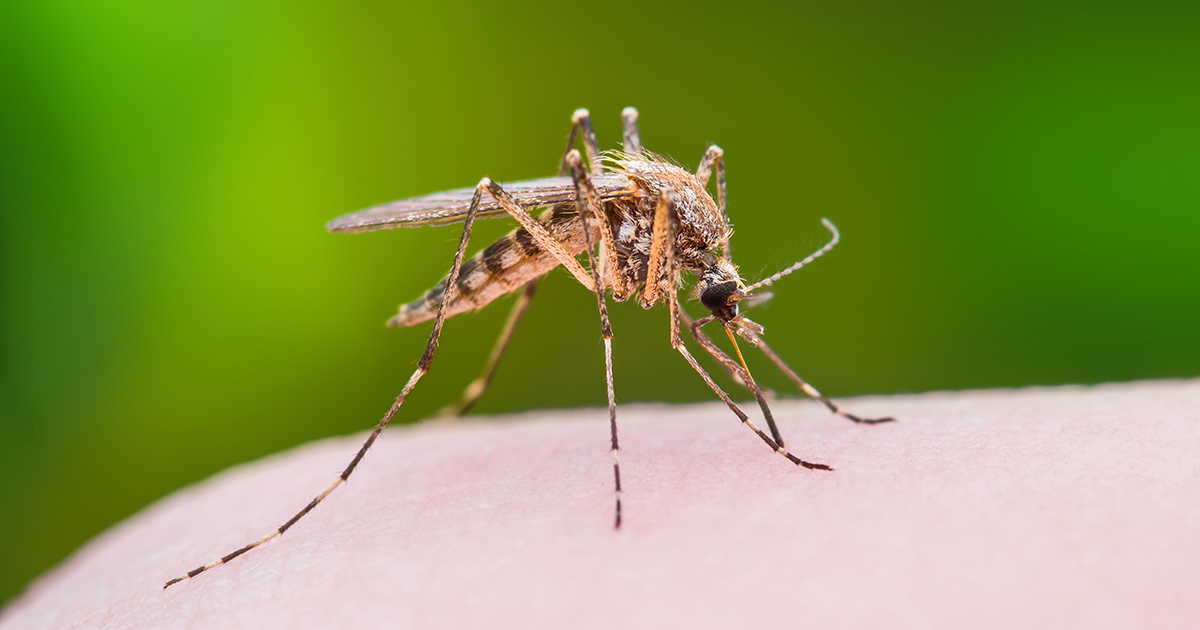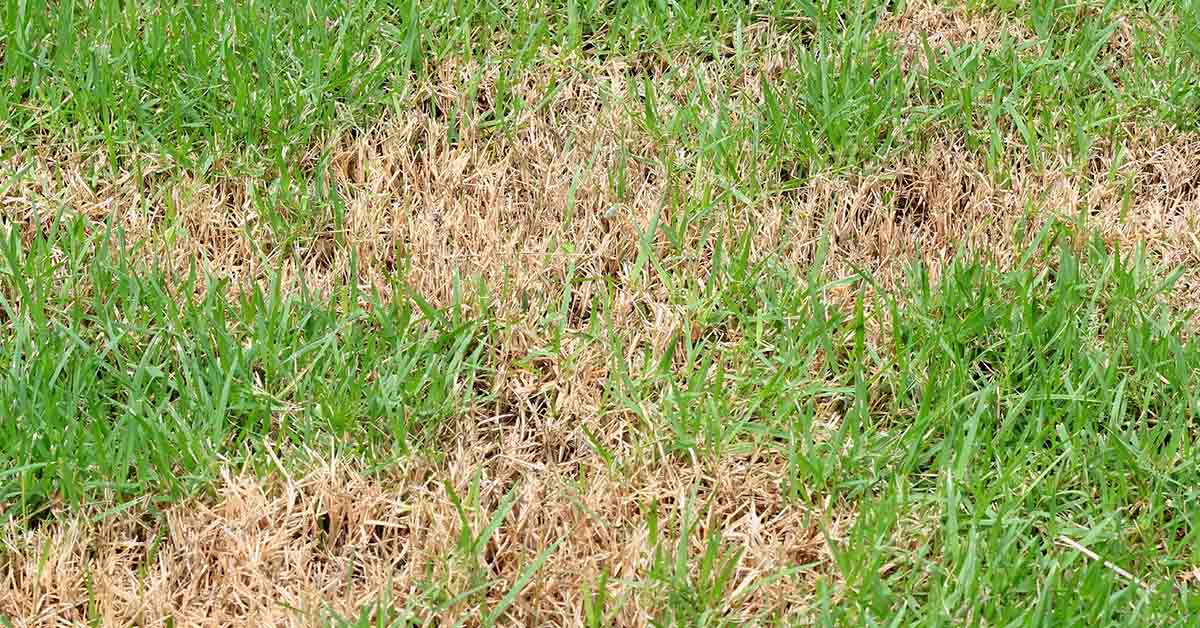Crane Flies
CRANE FLIES IDENTIFICATION
Crane flies are sometimes compared to or confused with giant mosquitoes, but they are single-winged flying insects with large bodies about 1.5 inches long. They’re notable for their extremely long legs and sizable wings, which give this insect a large physical presence (especially noticeable when one finds its way indoors). Crane flies possess six uniquely long and segmented legs, short antennae and large, round eyes.
Adults typically live for only a few days and represent a food source for predators, like skunks, bats, frogs and birds. A few adult crane flies drink nectar, but many don’t feed at all; thus, they don’t damage homes or buildings. Crane flies aren’t poisonous or venomous, don’t sting and can’t bite, so unlike other pests, they don’t represent a threat to people or pets. Any inconvenience their presence causes is mostly confined to the level of annoyance.
The caterpillar-like crane fly larvae pose a larger problem. Adults lay eggs in the fall, and the larvae flourish the next spring, feeding on turfgrass roots and crowns. This can significantly weaken a lawn and is the real source of problems associated with these pests. During their brief adult stage, female crane flies can lay upwards of 300 eggs, so lawn infestation can be damaging.
Worldwide, there are over 2,400 species of crane flies, but in the U.S., only two are typically considered turfgrass pests:
- European crane fly — The larvae have thick skin with a resemblance to leather, giving them the name leatherjackets. The larvae are large, about 1.5 inches long. Adults are similar in length, excluding the legs. European crane flies are considered an invasive species.
- Marsh crane fly — Also invasive, the marsh fly is similar to the European crane fly, but reproduces even faster, with multiple waves of adults possible in a single year.
Crane flies are known by widespread nicknames — “skeeter eaters” and “mosquito hawks” — that reflect the common misconception that these flies prey on mosquitoes, which they do not. “Daddy long-legs” is another common name, which sometimes causes additional confusion with the similar-looking arachnid.
SIGNS OF CRANE FLIES
You won’t see signs of adult crane flies, other than the insects themselves, as they don’t cause damage. But if your lawn has an infestation of larvae, you may see large brown or yellowing patches of stressed grass. Weeds may begin to encroach on these areas. You may see brown pupae emerging from the soil. Birds may pick and poke at the lawn, seeking the young crane flies. Signs of skunk digging, like small holes or disturbed turf, may indicate a problem, as skunks can dig up the lawn in search of crane fly larvae.
A common test is to flip over one square foot of turf and count crane fly larvae. If you see more than 20 to 25, treatment may be necessary.
HOW TO CONTROL CRANE FLIES
For situations when crane fly larvae are damaging lawns (especially in regions that see a lot of rainfall), Amdro brand offers an easy-to-use solution:
- Amdro Quick Kill Lawn Insect Killer Granules are applied directly to the lawn where crane fly larvae live. It starts working within 24 hours to combat troublesome larvae for up to three months on a single application. A light watering activates the granules, which are harmless to the grass itself. The granules work towards halting the progression of crane fly larvae and the lawn damage they bring. A winter or spring application, in anticipation of the active season for leatherjackets, is typically most effective.
CRANE FLY CONTROL TIPS
Adult crane flies are of little concern, and the only form of control you’ll likely need is a fly swatter or perhaps an open window to shoo them out. The lawn-damaging larvae, however, are more problematic and may require more robust solutions. Aim to maintain a healthy lawn to help resist damage from crane fly larvae. Aerate and feed the lawn with nitrogen for robust growth to keep it strong.
Always read product labels and follow the instructions carefully.
Amdro, Amdro Quick Kill are registered trademarks of Central Garden & Pet Company.
Pest Gallery
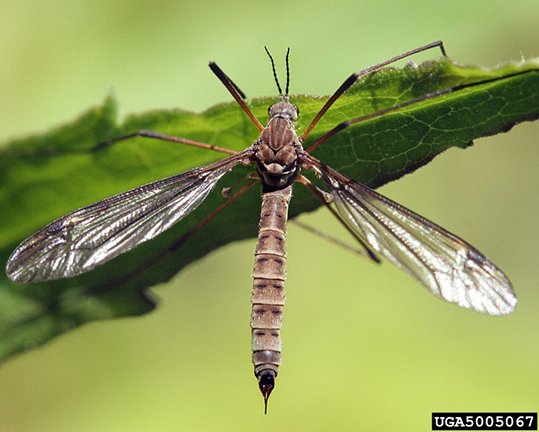
Adult crane fly
Photo credit: David Cappaert, Bugwood.org (CC BY 3.0 US)
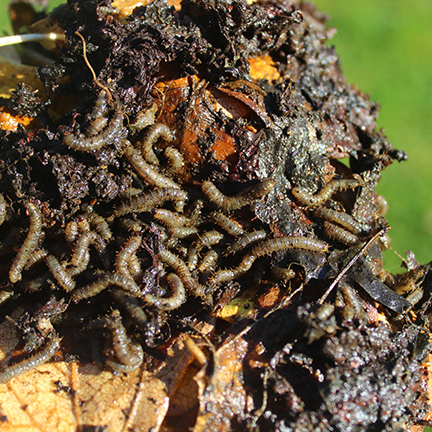
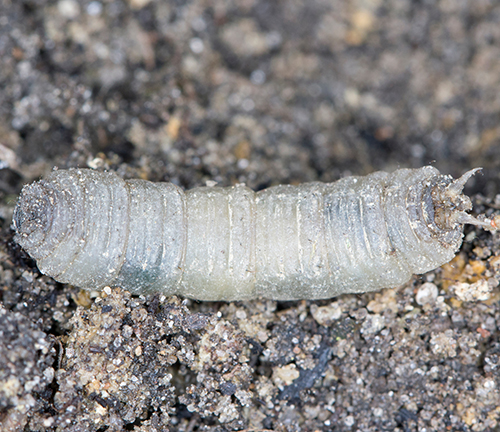
Is this not your insect?


